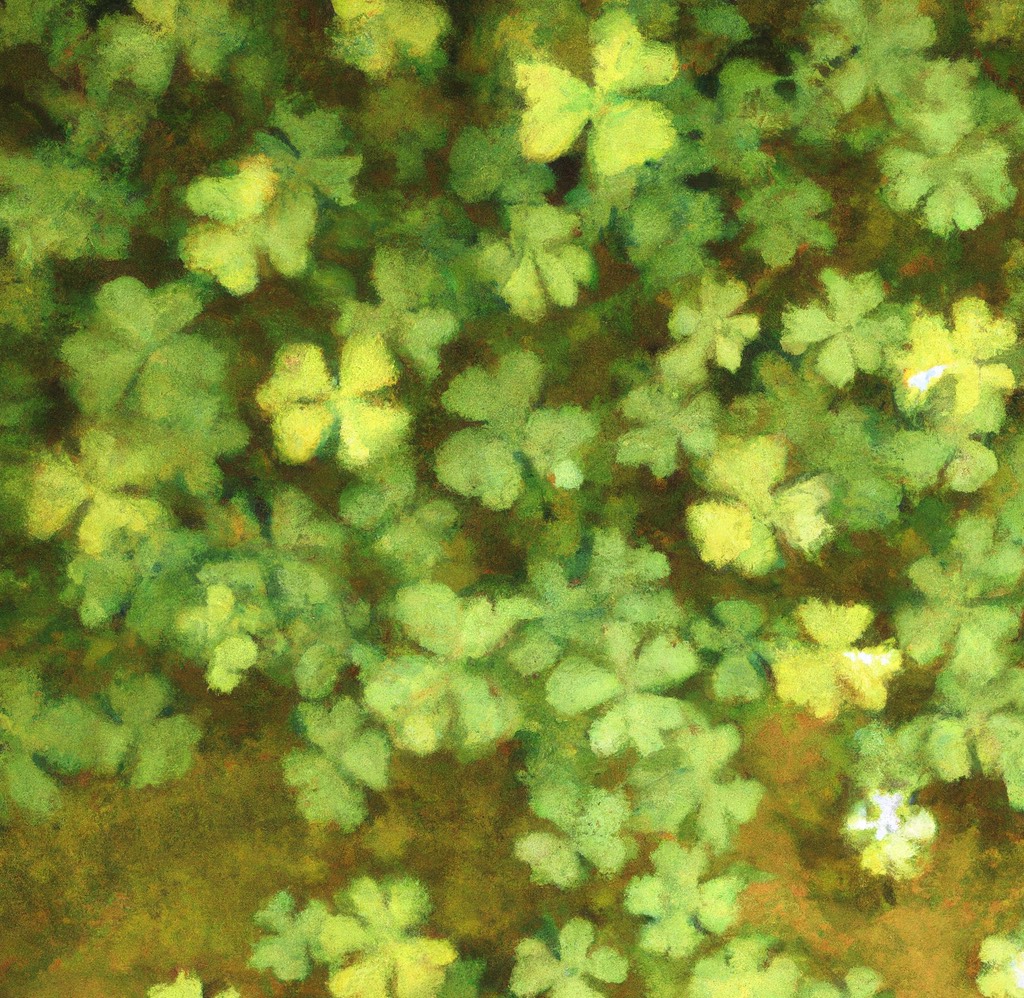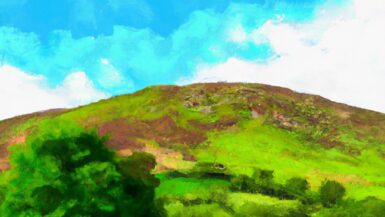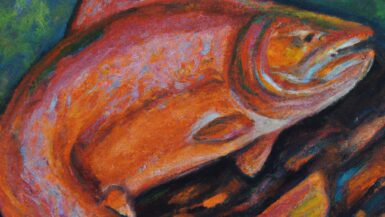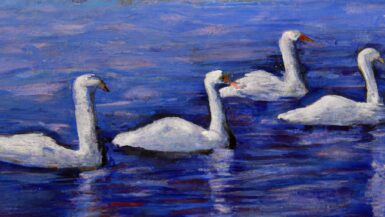Ireland, with its rich cultural heritage and ancient folklore, is a land steeped in superstitions. From the belief in the ‘Evil Eye’ to the respect for fairy forts and the faith in lucky charms, these superstitions have permeated every aspect of life, influencing the beliefs, customs, and behaviors of the Irish people for centuries. This article delves into the historical and cultural significance of these superstitions and their enduring presence in Irish society.
The Evil Eye: A Malevolent Stare
Origins and Historical Significance
The belief in the ‘Evil Eye’ is a superstition that predates Christianity and is prevalent in many cultures worldwide. In Ireland, the ‘Droch-shúil,’ as it’s known in Irish, is thought to cause misfortune or injury.
The evil eye is typically associated with envy or jealousy. It’s believed that a person who harbors envy or ill-will towards another can curse them simply by casting a malevolent look. This curse is thought to bring bad luck, illness, or even death.
Protective Measures Against the Evil Eye
Various protective measures were employed to ward off the evil eye. In ancient times, people wore talismans, amulets, or charms believed to protect against it. One common talisman is the ‘nazar,’ a blue eye-shaped pendant. Though not Irish in origin, it has been adopted by some in Ireland for its protective properties.
Traditionally, people also used verbal expressions to deflect the evil eye. For instance, if someone praised a child, livestock, or crops, the owner might say, “God bless them,” to neutralize any potential harm.
Fairy Forts: Sacred Dwellings of the Aos Sí
Historical Background and Beliefs
Fairy forts, known as ‘raths’ or ‘lios’ in Irish, are archaeological remains of ringforts or hillforts dating from the Iron Age. However, in Irish folklore, these structures are believed to be the dwelling places of the ‘Aos Sí,’ the fairy folk or the ‘Good People.’
Disturbing these forts was considered taboo, as it was thought to anger the fairies and bring about misfortune or illness. This belief was so potent that many of these ancient structures have survived to the present day, untouched by farmers and landowners.
Fairy Forts in Modern Ireland
Even today, respect for fairy forts continues in rural parts of Ireland. There have been numerous reports of roadways and buildings being constructed around these sites to avoid disturbing them. There are also accounts of misfortune befalling those who dared to interfere with these forts, further reinforcing these age-old superstitions.
Lucky Charms: Symbols of Good Fortune
Shamrock: The Lucky Clover
The Shamrock, a young clover plant, is one of the most recognized symbols of Ireland. Historically, it was associated with St. Patrick, who supposedly used it to illustrate the concept of the Holy Trinity. However, its significance as a lucky charm predates Christianity. Druids believed that the shamrock, with its three leaves, was a powerful protective charm against evil spirits.
The Claddagh Ring: Love, Loyalty, and Friendship
The Claddagh Ring, named after the fishing village of Claddagh in Galway, is a traditional Irish ring representing love (heart), loyalty (crown), and friendship (hands). If worn with the heart pointing towards the wrist, it’s said to bring the wearer good luck in love. It also serves as an amulet to strengthen relationships and ensure a safe journey.
The Celtic Cross: A Symbol of Faith and Unity
The Celtic Cross, characterized by a circle
encircling the intersection of the cross, is a symbol of faith and unity. It combines the Christian cross with the ancient Celtic sun symbol, representing the blending of pagan and Christian beliefs in Ireland. As a lucky charm, it is thought to bring spiritual protection and divine guidance.
Superstitions in Daily Life
Folk Medicine and Cures
Traditional Irish folk medicine is rich with superstitions, with many cures and remedies rooted in ancient beliefs. For example, people believed that water from holy wells could cure ailments or that passing a sick child through a cleft in a tree could heal them. These practices often combined elements of faith, ritual, and superstition to address various physical and mental illnesses.
Customs and Rituals
Many Irish customs and rituals have their roots in superstition. For instance, it is considered bad luck to walk under a ladder or cross paths with a black cat. Similarly, it was believed that leaving a pair of shoes upside down would invite misfortune. Wedding customs, such as the bride wearing “something old, something new, something borrowed, and something blue,” also have superstitious origins, with each item thought to bring good luck and ward off evil.
The Influence of Superstitions on Irish Culture
Literature, Music, and the Arts
Irish superstitions have had a significant impact on literature, music, and the arts. Many Irish authors, poets, and playwrights have drawn inspiration from these superstitions, incorporating them into their works. Writers such as W.B. Yeats, Lady Gregory, and Samuel Beckett have explored themes related to the supernatural and the mystical, inspired by these age-old beliefs. Similarly, Irish music and dance often incorporate elements of folklore and superstition, preserving and celebrating these traditions.
Language and Idiomatic Expressions
Superstitions have also influenced the Irish language, with many idiomatic expressions reflecting these beliefs. For example, the phrase “may the road rise up to meet you” is a traditional Irish blessing that wishes good luck and safe travels. Other expressions, such as “don’t count your chickens before they hatch,” serve as cautionary reminders to avoid tempting fate.
The Persistence of Superstition in Modern Ireland
While many superstitions have faded over time, some continue to hold sway in modern Irish society. This is particularly true in rural areas, where respect for fairy forts and adherence to folk medicine practices can still be found. Superstitions have also been embraced by the tourism industry, with many visitors to Ireland seeking out these cultural curiosities.
Conclusion
Irish superstitions, encompassing beliefs in the evil eye, fairy forts, and lucky charms, have shaped the nation’s cultural, social, and religious fabric for centuries. Though some aspects of these superstitions have waned in modern times, their influence can still be felt in various aspects of Irish life. The endurance of these beliefs attests to their deeply rooted connection to Ireland’s rich cultural heritage and the innate human desire to find meaning in the unexplained.






Leave a reply